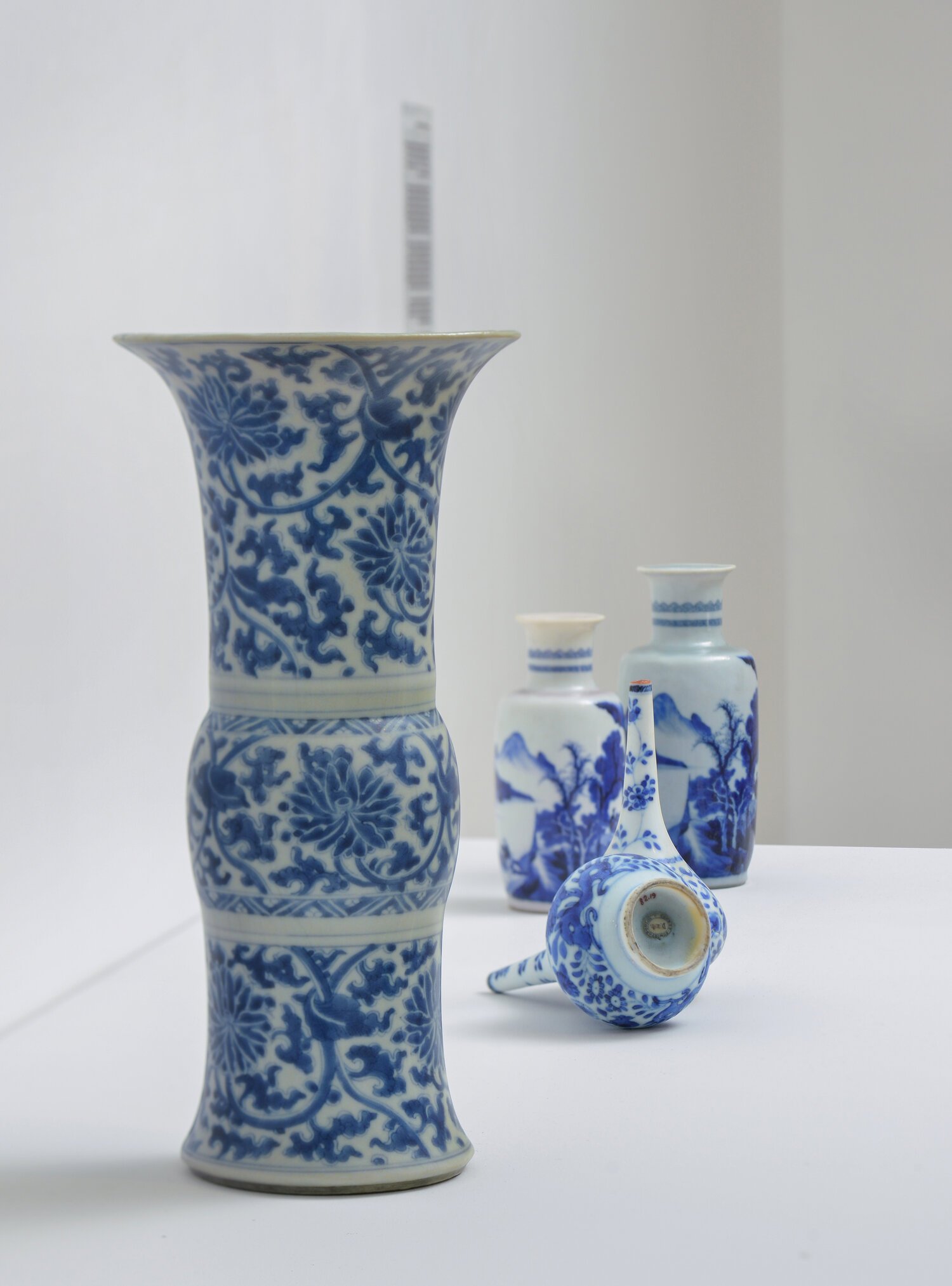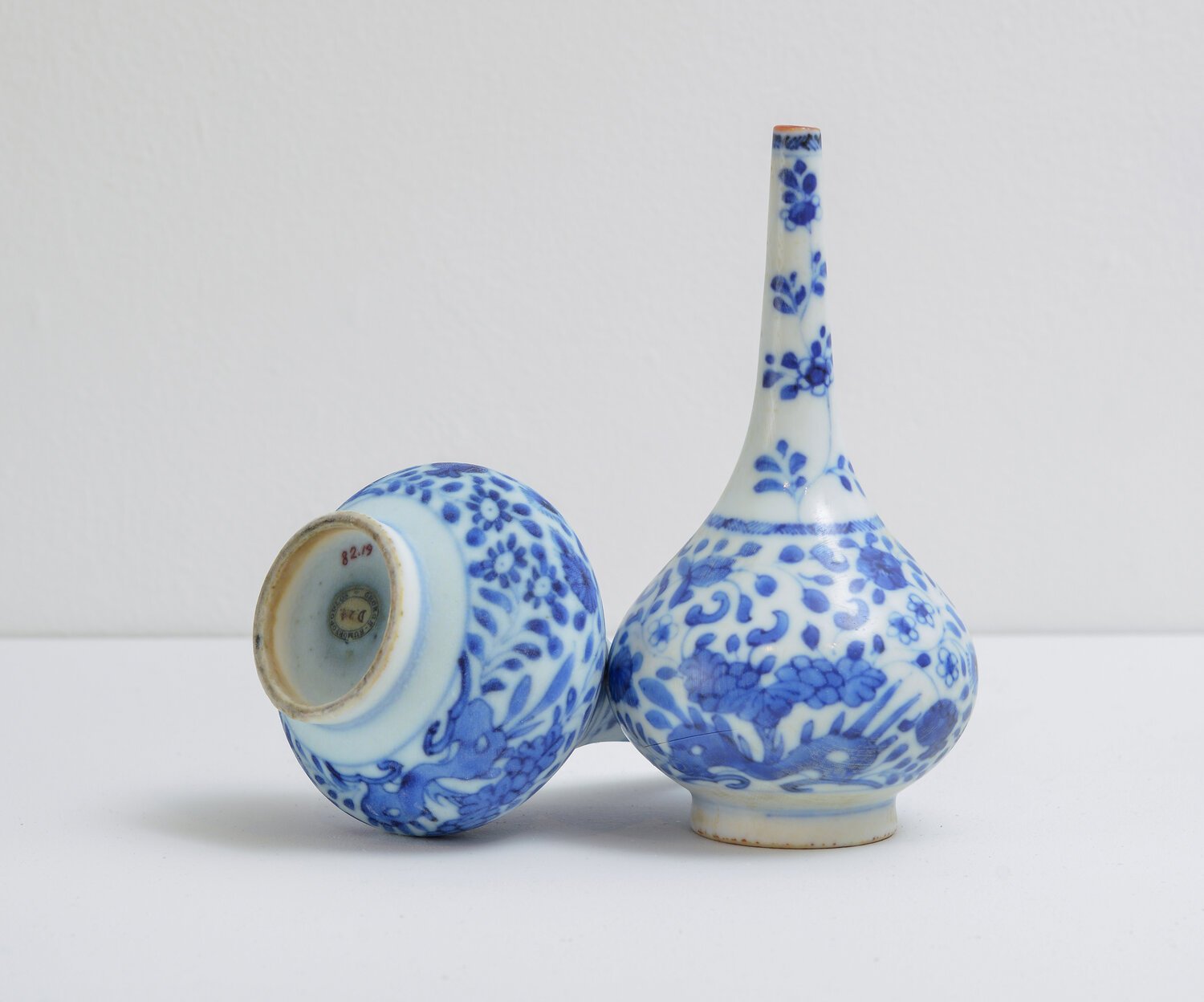Ming Vases by the Smithsonian
-
Based on 3D scans received from the Smithsonian Museum, these Ming Vase replicas from the Qing Dynasty (1644-1911) were 3D printed using PolyJet technology.
The ability to 3D print full color, high-precision models gives new context to the relationship between origin and replica.
As described by Walter Benjamin in “The Work of Art in the Age of Mechanical Reproduction,” the unique status of the original creation continues to be undermined. Thus, the ability to replicate original pieces without limitation is more relevant than ever.
Many museums are 3D scanning vast numbers of exhibits, from a variety of subjects, as a public service. These open source 3D scans are available on museums’ websites for download. In this way, digital pieces or scanned findings can travel around the world in minutes. As this technology improves in the future, original artwork may not be necessary for exhibitions. 3D printing some exhibits would be cheaper and easier than transferring the works across countries.
These scans and replicas help make art approachable and accessible, where the only tool needed is a computer. They make the replication of artwork a democratic approach, allowing more people to access these highly accurate models.
Alternatively, this capability may raise questions around authenticity and reliability. Should these replicas correct human error, creating a more “perfect” piece, or should they exactly replicate the original artist’s creation? Both may be relevant.
For example, these Qing Dynasty vases are characterized by the unique design of each piece. 3D printing from a digital file enables creating the exact vases with complete accuracy.
3D Printed on Stratasys J850
-
Smithsonian Museum in collaboration with Stratasys.
-
Printer: J850™




